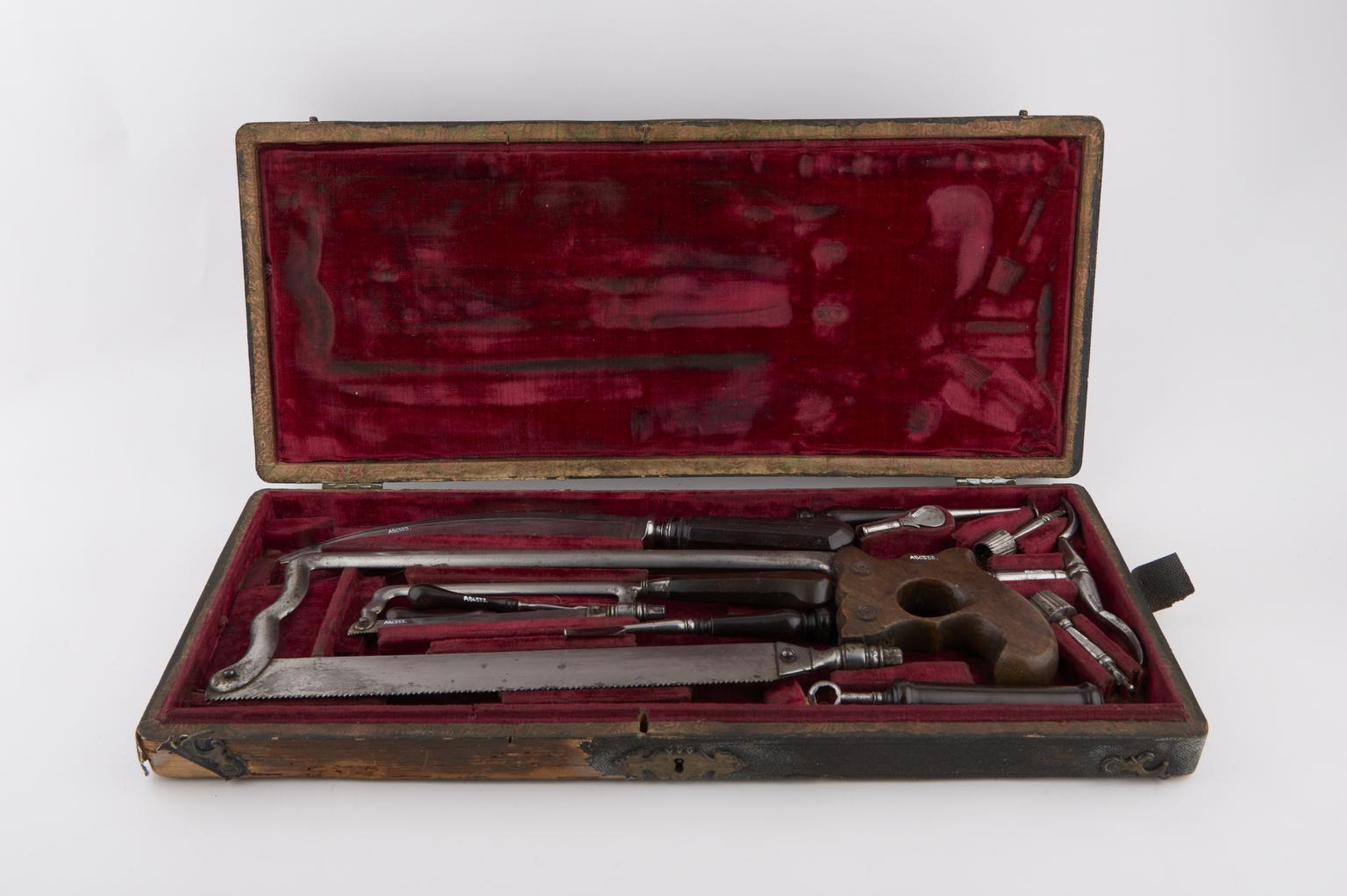 This image is released under a CC BY-NC-SA 4.0 License
This image is released under a CC BY-NC-SA 4.0 License
In addition to the monthly Art-in-Medicine series, Lucinda Bennett, Ascension Medical Librarian at St. Agnes Hospital in Baltimore, MD, also features a monthly artwork that may be of interest to those who work in medicine.
“Wellcome had a passion for collecting medically related artefacts, aiming to create a Museum of
Man.[14] He bought for his collection anything related to medicine, including Napoleon's
toothbrush. By the time of his death, there were 125,000 medical objects in the collection, of
over one million total. Most of the non-medical objects were dispersed after his death. He was
also a keen archaeologist, in particular digging for many years at Jebel Moya, Sudan, hiring 4000
people to excavate.[15] He was one of the first investigators to use kite aerial photography on an
archaeological site, with surviving images available in the Wellcome Library.
Wellcome's collection is now managed by the Science Museum, London, and has been in their
care since 1976. Many objects from the collection are now on display in the museum's Medicine:
The Wellcome Galleries. The Wellcome Collection exhibited a number of objects from
Wellcome's collection in "Medicine Man", from 2007 to 2022. His collection of books, paintings,
drawings, photographs and other media is available for viewing at the Wellcome Library. In
2003, the Brothers Quay directed a short animated film in tribute to the collection entitled The
Phantom Museum.” (Wikipedia: Sir Henry Wellcome)
Geography: United Kingdom
Culture: British
Artist: Unknown
Medium: case, wood, case, brass, case, steel, case, velvet, lined and case, fishskin, covered
Dimensions: Not listed
Credit Line: Sir Henry Wellcome’s Museum Collection
Accession Number: A86333
Source: Science Museum Group
Reprinted with the generous permission of Ms. Bennett.
















